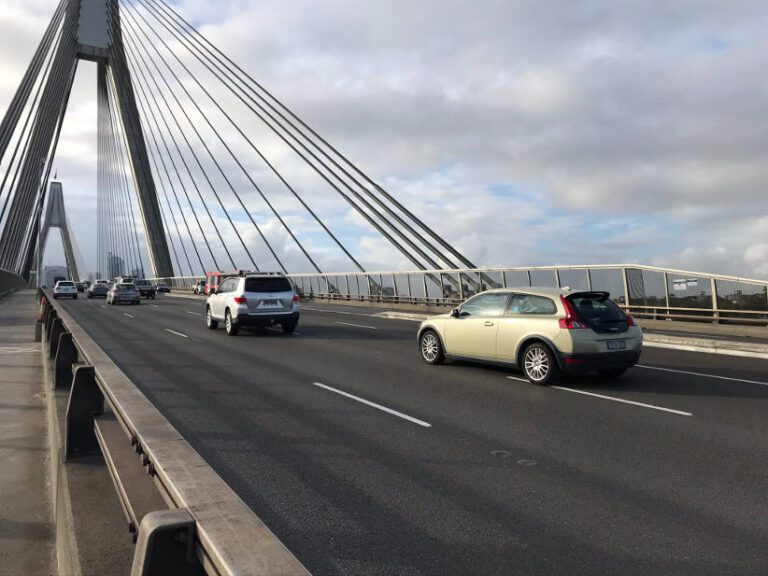– Narelle Beer, Executive Director Health and Safety at Worksafe –
Like many Victorians, I’m often required to drive on the road in order to do my job.
No matter how many times I’ve made a particular trip, getting behind the wheel for work always comes with extra responsibilities.
Both for me and my employer.
Some people, if they aren’t operating heavy vehicles or delivering goods and services for example, may consider work-related driving secondary to the ‘real’ work they do.
In reality, whenever a worker is on the road as part of their role, that vehicle is considered to be their workplace.
This means employers must ensure the vehicle being used is safe and without risks to health and workers must take reasonable care for their own health and safety and that of other road users.
These legal duties extend to any vehicles used for the purpose of work, including personal vehicles.
For a lot of us, driving a vehicle for work is one of the most dangerous situations we might face in our workday.
Due to changing environmental and road conditions, drivers work in an uncontrolled workplace.
The familiarity of a worker with the vehicle they are driving, the type and condition of the vehicle, what they are carrying, the premises they visit, other drivers, customers or passengers, and physical and mental distractions, all impact their ability to drive safely.
Tragically, road incidents claimed the lives of 17 workers in Victoria last year, more than a quarter of the state’s total workplace fatality toll for 2022.
While most were workers who spent a majority of their time on the road, such as truck and delivery drivers, several workers also died in incidents while driving between workplaces or appointments.
Also last year, almost 500 workers had a claim for compensation accepted after being injured due to a vehicle incident on the road.
As well as traditional driving roles, these workers were from a wide range of professions including emergency services personnel, tradies, health care and community workers, teachers, real estate agents and sales representatives.
These deaths and injuries are simply unacceptable in a modern society.
Regardless of the industry, it’s critically important that the health and safety risks involved in work- related driving are not ignored.
This means employers having systems in place to ensure that vehicles are adequately maintained and that drivers are competent and appropriately trained.
Risk factors such as fatigue, adverse road conditions, speeding, drugs and alcohol, and technology use or other in-vehicle distractions also need to be identified and managed.
Employers should consult with their workers when developing appropriate road safety policies, procedures and instructions for their workplace.
At WorkSafe, we are taking an evidence-based, prevention-led approach that focuses on the highest risk sectors and hazards that are causing fatalities and serious injuries from work-related driving.
This strategy seeks to ensure both employers and workers have the knowledge, tools and support measures in place to improve performance and create safer workplaces, even when that workplace is on the road.
I hope that together we can instil a safety culture around driving for work and never accept that a workplace injury or loss of life is somehow inevitable or acceptable.






